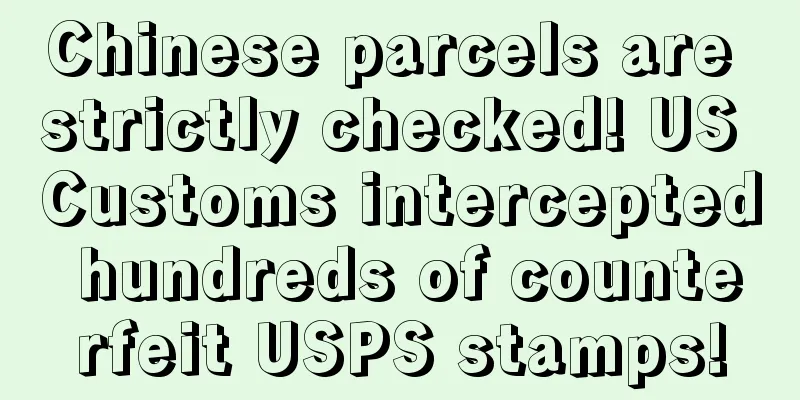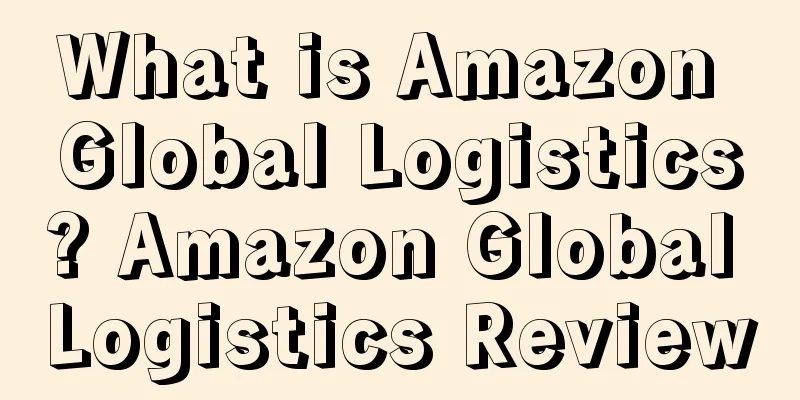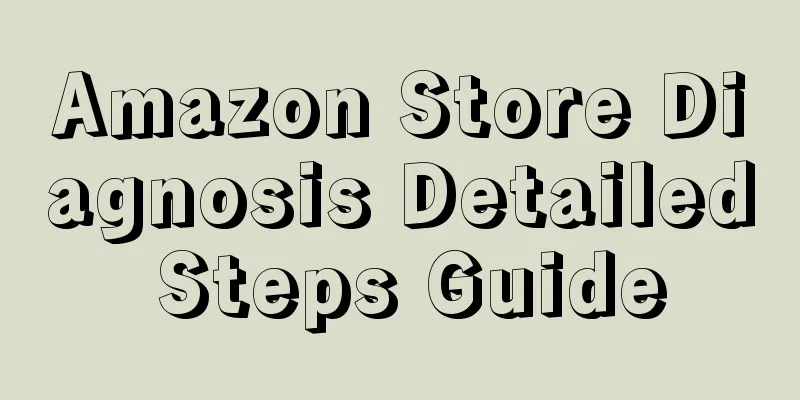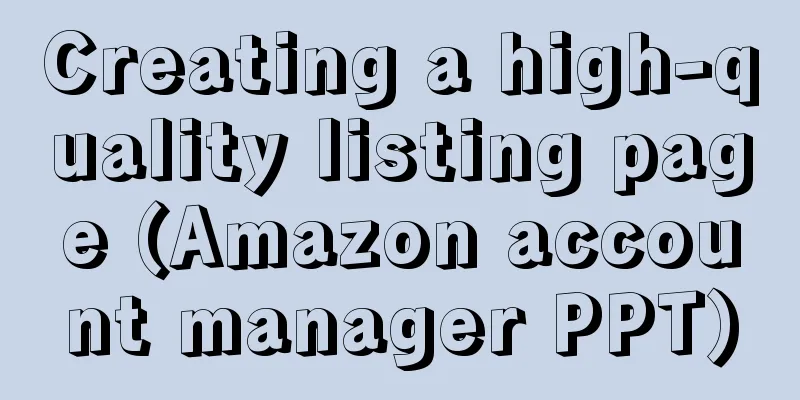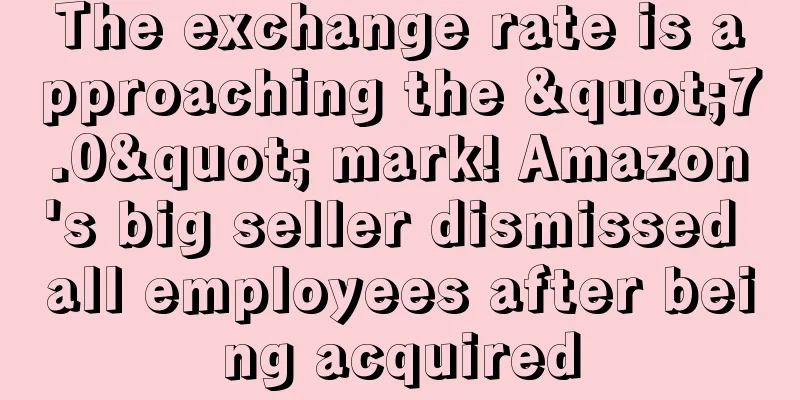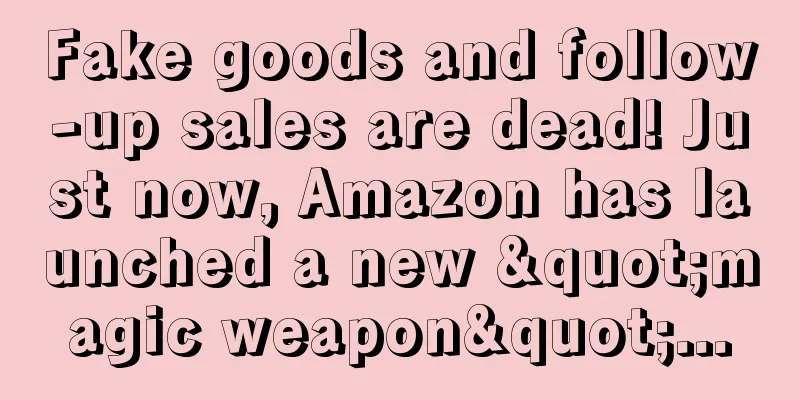The US tariff policy has reversed many times! A group of sellers fled to this blue ocean
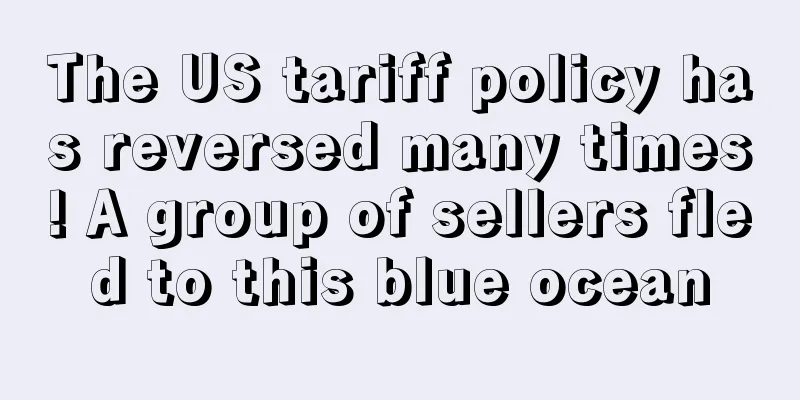
|
Trump had just returned to the White House, and his first move was to focus on tariff policy toward China. On February 1, local time, Trump officially signed an executive order to impose a 10% tariff on imports from China and cancel the $800 tax-free policy. A single stone stirs up a thousand waves, triggering a series of chain reactions in the cross-border circle, such as soaring costs and plummeting profits. Faced with Trump's ruthless tariff stick, a group of small and medium-sized sellers who were the first to feel the chill had to re-examine the direction of their overseas expansion and seek survival rules under the dramatic changes in the market structure. The newly-appointed Trump first directed his criticism at the tariff policy, and successively proposed a combination of imposing a 10% tariff on Chinese goods and terminating the T86 customs clearance model . In this trade war without the smoke of gunpowder, cross-border sellers are undoubtedly the first to bear the brunt. Prior to this, many low-value goods below $800 entered the United States through the "duty-free channel" and achieved fast customs clearance without taxes and fees. Once the T86 customs clearance policy is officially cancelled, it means that cross-border sellers who rely on small-value direct mail packages will have to pay tariffs, and customs clearance costs and process complexity will also increase sharply. Affected by the changes in tariff policies, many domestic logistics companies have disclosed price increase announcements, announcing that they will add customs clearance fees and pre-paid tariff deposits for each shipment. Under the dual pressure of increased tariffs and the cancellation of the "duty-free channel", a group of sellers on the US site who mainly sell low-value goods are having a hard time doing business. According to data from the U.S. Customs and Border Protection, the number of goods entering the United States for "minimum" tariff exemptions exceeded 1.36 billion in fiscal year 2024. Low-price platforms led by Temu, as well as Amazon's own sellers who use direct mail parcels, have long relied on this channel to reduce logistics costs and establish price advantages. Specifically speaking, the impact on mainstream export categories such as 3C electronics, clothing accessories and home furnishings is particularly severe. As we all know, these categories have low customer unit prices, fierce internal competition and severe homogeneous competition. High cost-effectiveness is the most important means to seize the market. As a popular track for cross-border exports, the added value of hot-selling products such as data cables and mobile phone cases in the 3C electronics category is generally low, and the barriers are not high. After Trump's imposition of tariffs , direct export costs will surge . In addition, after the cancellation of the tax-free policy, electronic products such as Bluetooth headsets that enter the US market through small parcels will need to pay an additional tariff of about 10%-25% per order. Another example is the profit margin of a low-profit industry such as clothing, which is generally less than 10%. In order to cut costs and gain more profits, many clothing sellers usually divide large goods into small packages to enter the United States, so as to enjoy tariff exemptions below $800. Once the tariff and tax-free policies are cancelled, the profit margins of the low-end clothing market are likely to be squeezed out. The impact on the home furnishing category is also widespread. Large home furnishing products are large in size and have high transportation costs. After the 10% tariff is imposed, the logistics costs will soar further. As for small home furnishing products below $800, such as lamps and decorations, the category itself is highly homogeneous and competitive, and the low-price involution is fierce. After the tax-free policy is cancelled, the cost of cross-border direct mail will rise, and the terminal selling price advantage will be further reduced. Under the pressure of surging tariffs and customs clearance costs, a number of small and medium-sized sellers in these categories are likely to face shrinking profits or even losses, and their original low-price strategies will also be impacted. Although affected by the congestion of US customs, Trump had to temporarily restore the $800 tax-free policy and postpone the implementation time to March 4, 2025, but as the shoe finally drops, sellers will still face a series of problems such as rising costs and declining profits. Therefore, during this period of respite, many sellers have begun to re-examine their future strategic planning and look for new ways to break out - jump out of the red ocean competition in the North American market and explore new opportunities in new markets and new platforms. As Trump wields the tariff stick, the cross-border e-commerce market has once again undergone profound changes. In the short term, the surge in costs may force sellers to respond to profit pressures by raising prices and other means. In the long run, the current low-price involution trend in the cross-border industry will also change, accelerating the transformation from extensive distribution to refined brand operations. In this process, a group of small and medium-sized sellers that lack product power, brand power and financial strength will be the first to be pushed to the line of elimination. Faced with a major reshuffle in the industry ecology, diversified market layout and flexible adjustment of the supply chain have become the survival rules for more and more cross-border sellers. At present, the mature North American market, as the mainstream overseas destination for cross-border sellers, is caught in a dilemma of fading traffic dividends and intensified competition for existing stocks. In particular, affected by continued high inflation and sluggish consumer demand , the growth rate of the US e-commerce market will drop significantly in 2024 , falling to about half of the growth rate before the epidemic. As the competition between platforms becomes more intense and the industry's low-price involution continues to escalate, an increasingly obvious trend is that there is not much incremental space left for small and medium-sized sellers in the North American market. Now that Trump's tariff stick has been imposed, the survival pressure from the cost and profit sides has further pushed many North American sellers to migrate markets and look for new opportunities in new blue oceans. In such an environment, the Eastern European market, which has been rising rapidly in recent years, has become a new gold rush destination. Data released by the European Statistical Office show that the Eastern European e-commerce market has achieved rapid growth at a rate of 23% in recent years. Among them, Romania, Poland, the Czech Republic and other countries continue to lead the market, showing huge potential for e-commerce development. It is learned that the population of Eastern Europe is about 300 million, 95.8% of consumers will shop online, and 35% of consumers spend more than 5 hours shopping online per week. Compared with the North American market, competition in Eastern Europe is relatively mild, and the market growth space is not yet saturated, with an e-commerce penetration rate of only about 58%. In particular, local e-commerce platforms represented by eMAG have released dividends and enthusiastically extended olive branches, providing a convenient channel for Chinese sellers to enter Eastern Europe. Scan the QR code to join eMAG and grab the bonus For cross-border sellers, the Eastern European e-commerce market, with its large scale and low competition, has fascinating gold-digging potential. Expanding business lines by laying out this market has also become an important solution to disperse geopolitical risks and avoid the fierce competition in the red ocean. A series of drastic reforms after Trump returned to the White House are also having a profound impact on the global e-commerce market. Under this situation, cross-border sellers urgently need to actively seek change. On the one hand, they should integrate into the trend of diversified layout and capture the emerging traffic dividend in potential markets such as Eastern Europe. On the other hand, they should timely transform the supply chain and make flexible adjustments to achieve sustainable growth. From the perspective of supply chain transformation and upgrading, the primary core proposition for cross-border sellers is to accelerate the implementation of localized warehousing networks, realize the transition from "cross-border direct mail" to "near-end response", shorten delivery time and effectively avoid tariff policy risks. At the same time, we must know how to maintain existing stocks and leverage incremental growth. In terms of market development, while deepening our presence in the mature North American market, we actively explore emerging blue ocean markets such as Eastern Europe; in terms of category layout, we build a regional product selection matrix based on different market demands, avoid homogeneous competition through differentiated product strategies, and dig deep into brand added value. In addition, in terms of platform layout, we must avoid single-point dependence, actively expand diversified channels to disperse policy risks, deeply tap regional local platforms, and seize traffic dividends. To tap into the emerging blue ocean in Eastern Europe, the local e-commerce giant eMAG is an important channel that cannot be avoided. After more than 20 years of establishment, eMAG currently has an important market share in the three major Eastern European countries of Romania, Bulgaria and Hungary. In the future, eMAG will also increase its overseas expansion speed and further extend its tentacles to more European countries. By 2024, eMAG will have 120 million monthly visits and over 9 million active users. In fiscal year 2024, eMAG Group's business revenue will exceed 2 billion euros, and the order volume will increase by 2.6 times. From the user side, eMAG's audience is mainly composed of middle-class people with high spending power, with about 35 million middle-class consumers. Such a user profile also provides ample profit space for platform sellers. Data shows that the eMAG platform can sell a product every 1.2 seconds, with an average customer unit price of about US$86. Focusing on the product category, eMAG currently has 22.8 million products (with over 100 million products on the same platform), with a huge market gap and a period of product expansion. Among them, 3C digital products are eMAG's trump card category, accounting for 70% of the local market share; household goods, clothing accessories, etc. are also hot-selling tracks, with natural advantages such as fast category traffic growth, strong market demand, and broad profit margins. Compared with platforms such as Amazon, eMAG's core advantage lies in its ability to penetrate deep into the region: through localized operations, low-cost logistics networks and omni-channel integration, it has built high barriers in the Eastern European market. On the one hand, its flexibility and cultural adaptability are more in line with local user needs. Taking logistics as an example, eMAG has built a large and complete local logistics network. At present, the total warehouse area is 350,000 square meters, the warehouse storage capacity is 15 million items, and the delivery speed can be achieved within 2 hours. More than 5,700 delivery lockers are spread across supermarkets, gas stations and communities with high occupancy rates. On the other hand, the platform has accumulated a lot of brand reputation over the years. Compared with other cross-border platforms, eMAG has a high level of local brand awareness, and selling products through this channel is more conducive to gaining the trust of local consumers. As the eMAG dividend is released, batch after batch of Chinese sellers who are the first to grab the beachhead are making money quietly. 3C seller Toby (pseudonym) is one of the first to try out the new products. Under the dual pressure of intensified low-price competition and continued weak demand in the domestic platform e-commerce market, Toby targeted the window of cross-border e-commerce and chose the European market as his first destination. At the end of August 2024, Toby successfully opened a store on the leading Eastern European platform eMAG. Thanks to the platform's series of support policies and traffic dividends, as well as the active assistance of the official investment manager and operation manager, Toby deeply cultivated the tablet category and actively participated in activities. In less than half a month, it reached a balance between income and expenditure. During the 2024 Black Friday promotion, its store sold 2,000 units, with an average of more than 200 units sold per day, and a daily income of more than 600,000 yuan. Toby's story is a microcosm of how Chinese sellers are making money in Eastern Europe through eMAG. Data shows that although Chinese sellers account for less than 10% of the eMAG platform, they have demonstrated great market vitality and growth potential. In 2024, the weekly order rate of sellers who opened stores through the eMAG China Merchants Team was as high as 85%. These data fully demonstrate the strong potential and market acceptance of Chinese sellers on the eMAG platform. In 2025, eMAG will launch the "Star Rise Plan" to provide customized services and support to all Chinese sellers, helping them to quickly expand into the Eastern European market. Star Rising Program services include:
eMAG, which is in its golden growth period, is running in both directions with batches of Chinese sellers. For sellers who want to escape the red ocean and avoid policy risks, joining eMAG to seize the blue ocean dividends in Eastern Europe has become an important solution to expand growth. Scan the QR code to join eMAG and grab the bonus |
<<: US tariffs reversed again, T86 customs clearance policy restored!
Recommend
Deciphering! How do big sellers get video reviews stuck on the homepage?
Image source: 123rf.com.cn First, what are the vid...
I have compiled for you all the knowledge points you want to know about Amazon global selling!
Focus on the front After fully understanding Amazo...
Job hunting at Amazon Operations is "difficult", come and see if the company you are applying for is on the list!
It coincides with the peak recruitment season of M...
The largest layoff in history! Amazon reduces its workforce by nearly 100,000. What's going on?
Recently, Amazon released its second quarter fina...
Do you know what the Amazon Content Creator Program is?
text Recently, I wonder if any sellers have disco...
Amazon’s peak season is here, so sales will “boost”!
text NO.1 Use Amazon FBA Using FBA for delivery c...
What is the China Cross-border E-commerce Professional Committee? China Cross-border E-commerce Professional Committee Review
Cross-border E-commerce Professional Committee of ...
Breaking news! The largest port explosion in history occurred in Beirut this morning: 2,700 tons of dangerous goods exploded, causing more than 4,000 casualties
At around 6 pm local time on August 4, a huge exp...
What is Cyfe? Cyfe Review
Cyfe is an analytics tool that aggregates all kind...
What is Libra? Libra Review
Libra is a cross-border e-commerce comprehensive s...
How do Amazon sellers relist stranded inventory?
Managing inventory is a very important skill for ...
What is GoFundMe? GoFundMe Review
GoFundMe focuses on social crowdfunding between pe...
What is Digital Cross-border BI? Digital Cross-border BI Review
Shukua BI is a free online custom analysis softwar...
Jassy once again calls on employees who are "rebellious" against remote work to return to the office
Amazon CEO Andy Jassy has warned his remote employ...
How to determine whether a product is suitable for Amazon's store selection strategy
when forward , many cross-border e-commerce just ...
